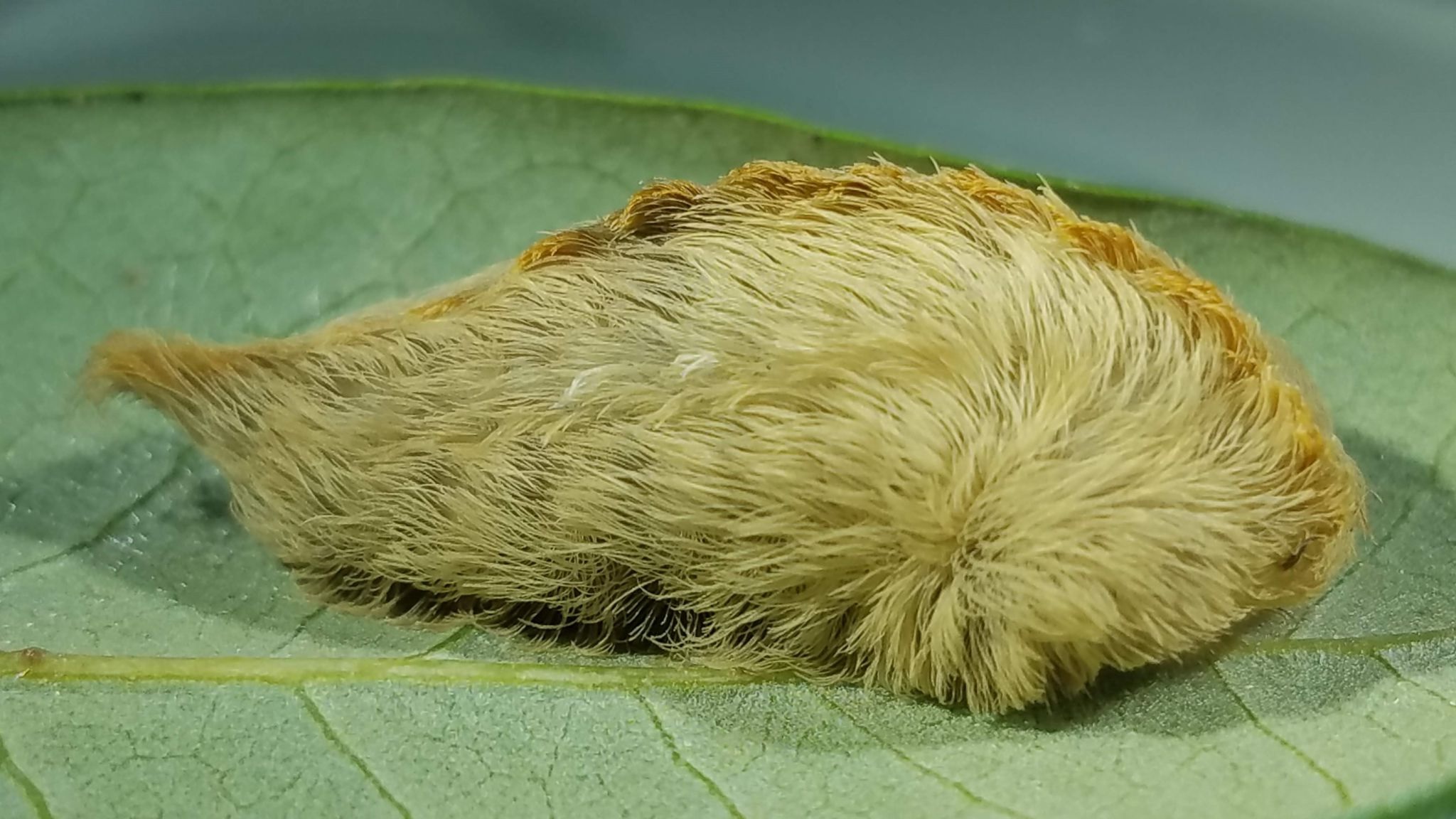
Ever seen a fuzzy caterpillar and thought it looked cute? Think again! The asp caterpillar, also known as the puss caterpillar, might look like a tiny furball, but it packs a painful punch. Found mainly in the southern United States, this little critter can cause severe reactions if touched. Its venomous spines can lead to intense pain, swelling, and even nausea. But there's more to this fascinating creature than just its sting. From its unique lifecycle to its surprising diet, the asp caterpillar has many secrets waiting to be uncovered. Ready to learn some amazing facts about this intriguing insect? Let's dive in!
What is an Asp Caterpillar?
The asp caterpillar, also known as the puss caterpillar, is one of the most venomous caterpillars in the United States. These fuzzy creatures might look cute, but they pack a painful punch. Here are some fascinating facts about them.
-
Scientific Name: The asp caterpillar's scientific name is Megalopyge opercularis. This name might sound complex, but it helps scientists identify and study this unique species.
-
Appearance: Asp caterpillars are covered in long, silky hair that can range in color from gray to brown to even bright orange. This hair hides venomous spines that can cause severe pain.
-
Size: These caterpillars are relatively small, usually growing to about 1 to 1.5 inches in length. Despite their size, they can cause significant discomfort.
Where Can You Find Asp Caterpillars?
Asp caterpillars are primarily found in the southern United States, but they can also be spotted in other regions. Knowing where they live can help you avoid an unpleasant encounter.
-
Habitat: They thrive in wooded areas, gardens, and parks. They are often found on oak, elm, and citrus trees.
-
Geographical Range: Asp caterpillars are most commonly found in states like Texas, Florida, and Louisiana. However, they can occasionally be seen in other southern states.
-
Season: These caterpillars are most active during late summer and early fall. This is when they are most likely to be encountered by humans.
Why Are Asp Caterpillars Dangerous?
Despite their cute appearance, asp caterpillars can be quite dangerous. Their venomous spines can cause severe reactions in humans.
-
Venomous Spines: The hair on an asp caterpillar hides venomous spines that can inject toxins into the skin. This can cause intense pain, swelling, and even nausea.
-
Painful Sting: The sting from an asp caterpillar is often described as feeling like a burning sensation or even a broken bone. The pain can last for several hours.
-
Allergic Reactions: Some people may have allergic reactions to the venom, which can include symptoms like difficulty breathing, dizziness, and chest pain.
How to Treat an Asp Caterpillar Sting?
If you get stung by an asp caterpillar, it's important to know how to treat the sting to minimize pain and prevent complications.
-
Remove Spines: Use adhesive tape to gently remove any spines left in the skin. This can help reduce the amount of venom that enters your body.
-
Wash the Area: Clean the affected area with soap and water to prevent infection. This is a crucial step in treating any sting.
-
Apply Ice: Applying ice to the sting can help reduce swelling and numb the pain. Wrap the ice in a cloth to avoid direct contact with the skin.
Interesting Facts About Asp Caterpillars
Asp caterpillars have some unique characteristics that make them fascinating creatures. Here are a few more interesting facts about them.
-
Moth Transformation: Asp caterpillars eventually transform into flannel moths. These moths are less dangerous but still interesting to observe.
-
Predators: Birds and other insects are natural predators of asp caterpillars. These predators help keep the caterpillar population in check.
-
Warning Colors: The bright colors of some asp caterpillars serve as a warning to potential predators. This is a common defense mechanism in the animal kingdom.
Final Thoughts on Asp Caterpillars
Asp caterpillars, with their fuzzy appearance, hide some surprising and sometimes dangerous facts. These little critters can pack a painful sting, so it's best to admire them from a distance. Found mainly in the southern United States, they have a unique life cycle that includes a transformation into the flannel moth. Their diet consists of leaves from various trees and shrubs, making them a common sight in gardens and parks. Despite their small size, they play a significant role in the ecosystem, serving as both predator and prey. Understanding these fascinating creatures helps us appreciate the diversity of nature and the importance of every species. So next time you spot an asp caterpillar, you'll know there's more to them than meets the eye. Stay curious and keep exploring the wonders of the natural world!
Was this page helpful?
Our commitment to delivering trustworthy and engaging content is at the heart of what we do. Each fact on our site is contributed by real users like you, bringing a wealth of diverse insights and information. To ensure the highest standards of accuracy and reliability, our dedicated editors meticulously review each submission. This process guarantees that the facts we share are not only fascinating but also credible. Trust in our commitment to quality and authenticity as you explore and learn with us.


